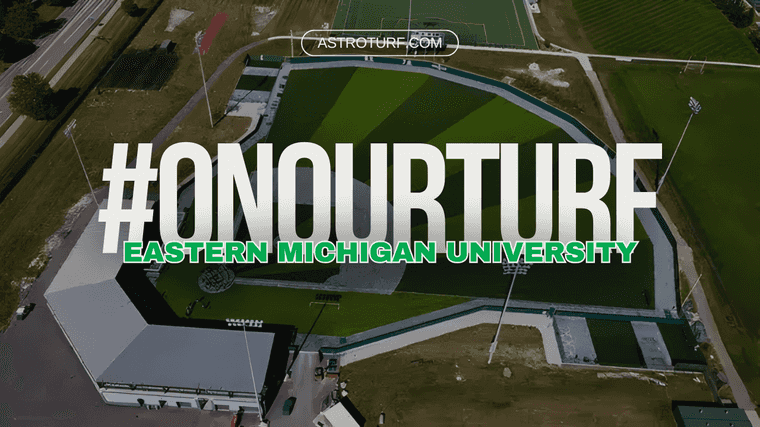ADVANCED ARTIFICIAL ASSESSMENT: How can you ensure a quality surface as an owner?
Choosing a quality turf system is the most important part of any facility. There are some basic tests to help ensure the system will perform to the athletes expectations and will last to the owners expectations.
These tests are being used by leading national and international sports governing bodies.
These requirements need to be met in the laboratory pre and post lisport xl wearing (FIFA Test Method 15)
Shock Absorption
The Gmax test is the most commonly used method of measuring surface shock attenuation in the United States. A value of 200 is the limit to which risk of impact injury increases significantly. The Gmax test is primarily used for determination of overall safety with respect to direct impact between athlete and the playing field. Note You can not properly asses a field with this test alone.
Lisport XL testing is a way of simulating the wear a surface will go through. The machine simulates approx. 8 years of wear to help demonstrate will a system last and still perform this is a crucial aspect of studying a system.
Vertical deformation is the depth that the player’s foot would depress into the surface during movement. A surface that is soft, or “spongy” will not provide the stability required of athlete performance and could stress lower extremity muscles. A surface with too little elasticity could result in higher impact and energy transfer into lower extremities.
ROTATIONAL RESISTANCE
This the level of of infill that is in the turf. This amount should be prescribed from the manufacturer and maintain to this level throughout the lifecycle of the surface.
ENERGY RESTITUTION
Head Injury Criterion (HIC) testing measures shock attenuation, or the ability for the surface to absorb an impact as related to direct head to surface impacts. HIC testing has been adapted for sports surfaces on which high impact sports are played. The fall height at which serious injury can potentially occur as a result of a head impact is referred to as the Critical Fall Height (CFH).
FREE PILE HEIGHT
| Test | Test Number | Ideal Range | Laboratory Initial Testing | Laboratory Post Lisport XL Testing* | Onsite Testing Required |
|---|---|---|---|---|---|
| Shock Absorption | ASTM 3189-20 | 55% – 70% | Yes | Yes | Yes |
| Vertical Deformation | ASTM 3189-20 | 4.0mm – 11.0mm | Yes | Yes | Yes |
| Energy Restitution | ASTM 3189-20 | 25% – 50% | Yes | Yes | Yes |
| Gmax | ASTM 1936 | <200 | Yes | Yes | Yes |
| Head Injury Criterion (HIC) | ASTM 3146 | >1.0m with no pad >1.3m with a pad |
Yes | Yes | Yes |
| Rotational Resistance | EN 15301 | 25Nm – 50Nm | Yes | Yes | Yes |
| Infill Depth” | EN 1969 | Information only | Yes | Yes | Yes |
| Free Pile Height” | FIFA TM 18 | Information only | Yes | Yes | Yes |
*Lisport XL testing should be carried out in accordance with FIFA TM 15 to 6015 cycles “The tolerance/level needs to be set by the manufacturer
Testing should be carried out by a Third Party Approved Testing laboratory with ISO 17025, FIFA (Field and Laboratory, World Rugby (Field and Laboratory), FIH (Field and Laboratory) and World Athletics accreditation.












